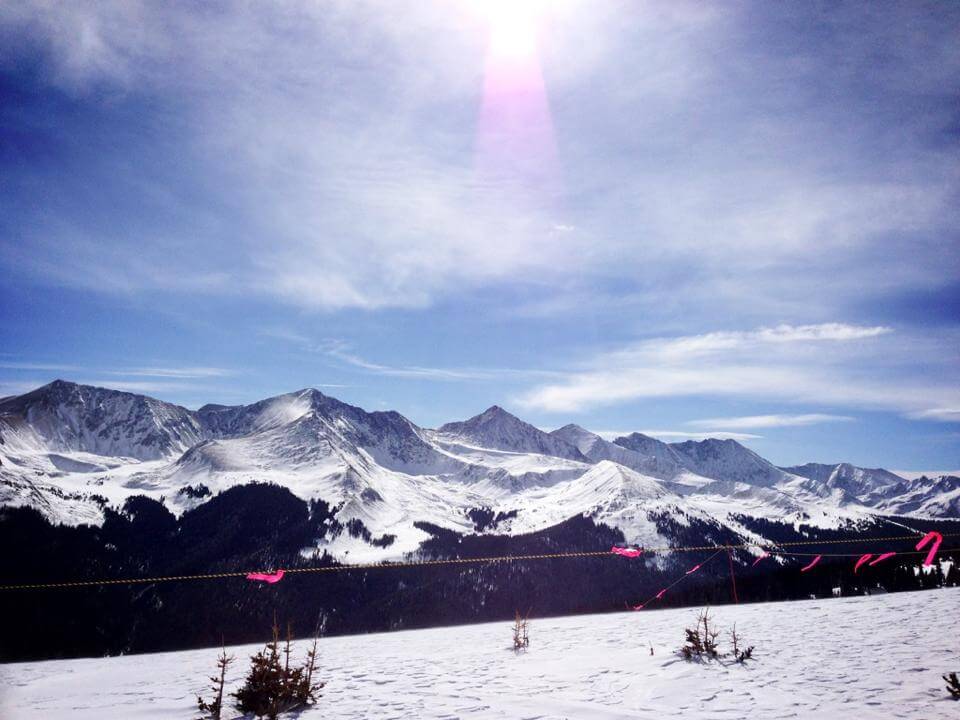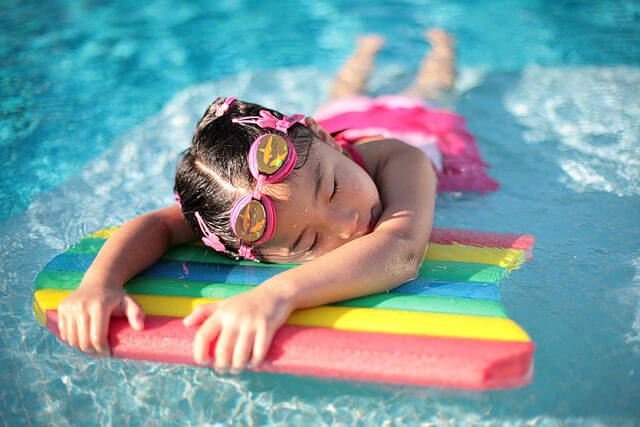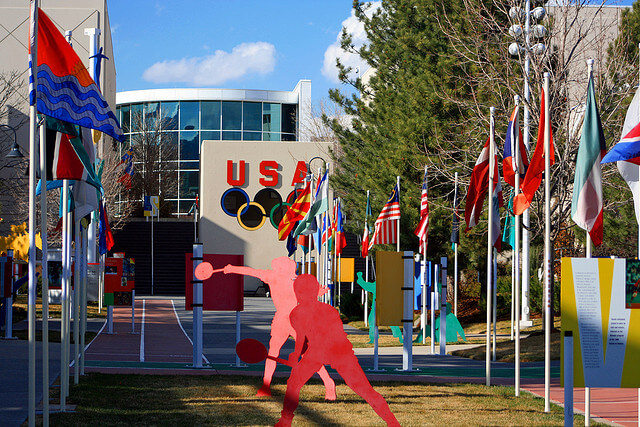6 Thoughts You Have When Training at High Altitude

By Delaney Lanker, Swimming World College Intern
I grew up swimming in the mile high state of Colorado. Ten years of high altitude training and I never understood why people struggled. But now, after two years of going to of college in Boston and training at sea level; poof! All that altitude acclimation has vanished. I am now one of those huffing and puffing swimmers I used to make fun of.
Every summer or winter break that I am back in Colorado and jump into the pool, I suck wind and fight to do sets I can pretty easily do at sea level. I know that at the end of the day it will be good for me, but while enduring two hours of pain, I’m thinking something like this:
1. Can’t….breathe….no air.
I’m cruising, cruising, then bam! The main set comes around, I get to the wall and can’t breathe.
But it’s normal. Everyone breaths faster and deeper when at high altitude. Breathing faster increases the flow of fresh air past the blood. And while it may feel like it, there isn’t actually less air at high altitude. The air is just thinner and less oxygenated because the air pressure is lower.
So, it’s not just you, there is actually less oxygen for you to breathe. So, make to to take that break on the wall and catch your breath as you keep pushing on.
2. I’m drowning.
We all know that feeling, dragging though the water, trying as hard as you can, but your muscles just aren’t cooperating with you.
Well, at altitude our bodies actually cannot exercise as intensely. Because there is less oxygen in the air, each breath we take delivers less of what muscles need to work. To make up for the lack of oxygen, erythropoietin, one of the body’s hormones, enables more red blood cells to be produced and aids with delivering oxygen to your muscles.
Don’t get frustrated when you first get into the water at higher elevations. Start off easy. Your body isn’t used to the lack of oxygen and one the biggest mistakes an athlete can make is going to hard too fast. Make sure to give your body some time to acclimate to the new environment to make the most of your training.
3. I need water…now.
I am always more thirsty whenever I come home to Colorado, regardless of whether in in the pool or not. This is because the humidity is lower at high altitudes making the air drier and sweat evaporates more quickly.
You loose water twice as quickly than at sea level, so make sure to always have a water bottle on hand, especially during practice. As swimmers, often we don’t realize how mush we are sweating because we are already in water and this can lead to dehydration, which at altitude can be bad news bears. So, plan on drinking an extra 1.5 liters of water every day you are at altitude to keep your body happy.
4. My heart rate really shouldn’t be this high.
I’ve swum a 100 butterfly a million times, my heart should not be bursting through my chest.
But the air is thinner so you are unable to take in the same amount of oxygen with each breath. Because of this, your heart rate goes up so it can bring oxygen to your body more efficiently.
At 2,000m your heart rate increases 10 percent and at 4,500m your heart rate increases 50 percent higher than it normally is at sea level rate. Over time your body will acclimate to the higher elevation, but this is usually takes about two weeks. That is why athletes training or competing at high altitude will arrive early or spend more than a few days there, so they can start preforming at their regular abilities.
5. I can’t wait to eat my body weight in calories.
Swimmers are always hungry. We burn thousands of calories a day training in and out of the water. While it may feel like you are working harder and burning more calories at altitude, you really aren’t. However, it is necessary to be fueling your body with the right foods when you are training at altitude.
Complex carbs allow your body to use oxygen more efficiently and maintain your energy. This includes whole grains, fruits, veggies and legumes. Also foods such as broccoli, bananas, cantaloupe, greens, bran, chocolate, granola, dried fruit and potatoes to help replenish electrolytes by balancing salt intakes.
So go ahead and eat like a swimmer does, just make sure you’re fueling your body properly.
6. This is supposed to be good for me?
There is a reason that one the U.S. Olympic Training Center is in Colorado Springs, CO. As painful and tough as training at a little over 6,000 feet is, athletes of all sports still go to train at higher elevations.
When training at altitude, athletes want their their bodies to produce extra red blood cells. Then they go to a competition at sea level to take advantage of their new physiology.
Training at high altitude isn’t magic. It’s not easy and doesn’t always mean you will come out with a perfect race afterwards. Working out at high elevations may feel like a part of you is dying on the inside, but if done correctly, there are many benefits of this type of training.










Darby Wayner